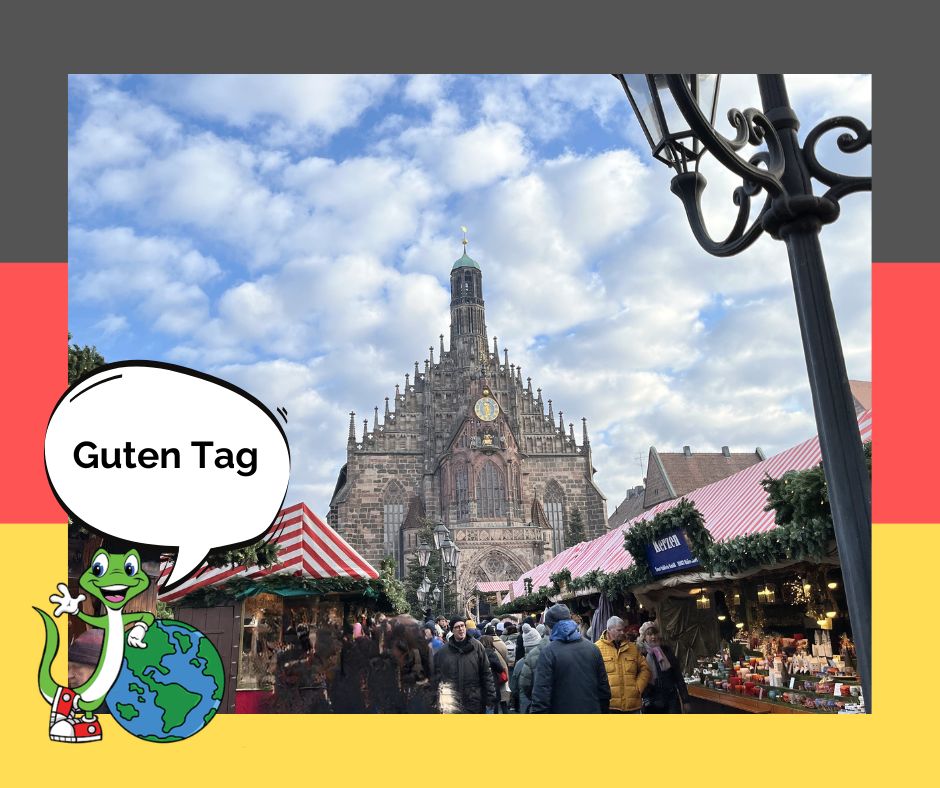
We last caught up with Lex as he enjoyed Paris, France, and the Summer Olympics. The next stop on Lex’s world tour finds him exploring the Christmas Market in Nuremberg and reading German books. Follow along as Lex learns more about the German people, the German language, and what makes Nuremberg unique.
Nuremberg, Germany

Nuremberg is located in South-Western Germany in the state of Bavaria, specifically in the Franconia region. Home to more than 500,000 people, it is the second largest city in Bavaria, and the 14th largest city in Germany. Located on the Pegnitz River and the Rhine-Maine-Danube canal, it is about 379 kilometers (235 miles) southwest of Berlin, Germany’s capital city.
What Language Do They Speak?
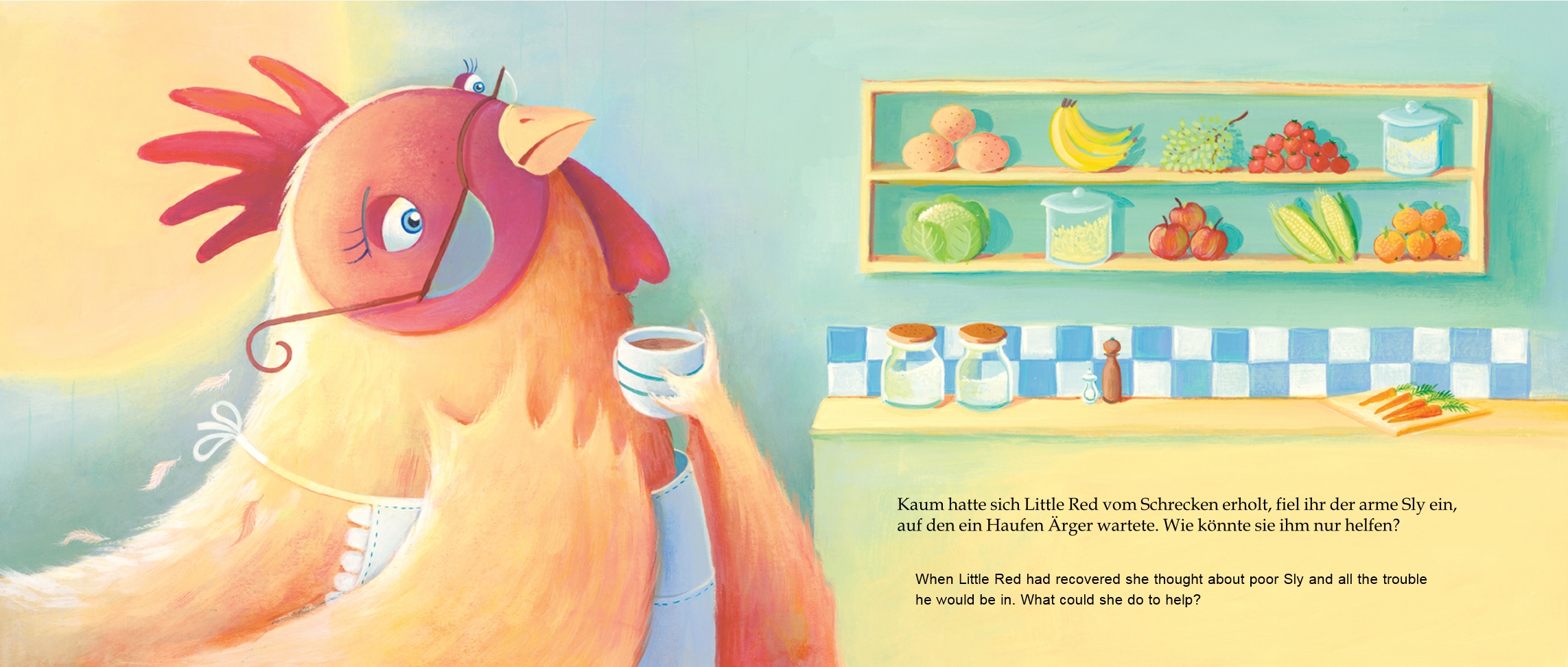
German is the official language of Germany and is spoken by most of the population. Nuremberg is home to the Franconian dialect, specifically East Franconian, which combines features of Central and Upper German and is known for its fluid, rounded sound and the softening of certain consonants.
German is also an official language of Austria and Liechtenstein, as well as being an official language of Belgium, Luxembourg, and Switzerland.
Fun Facts
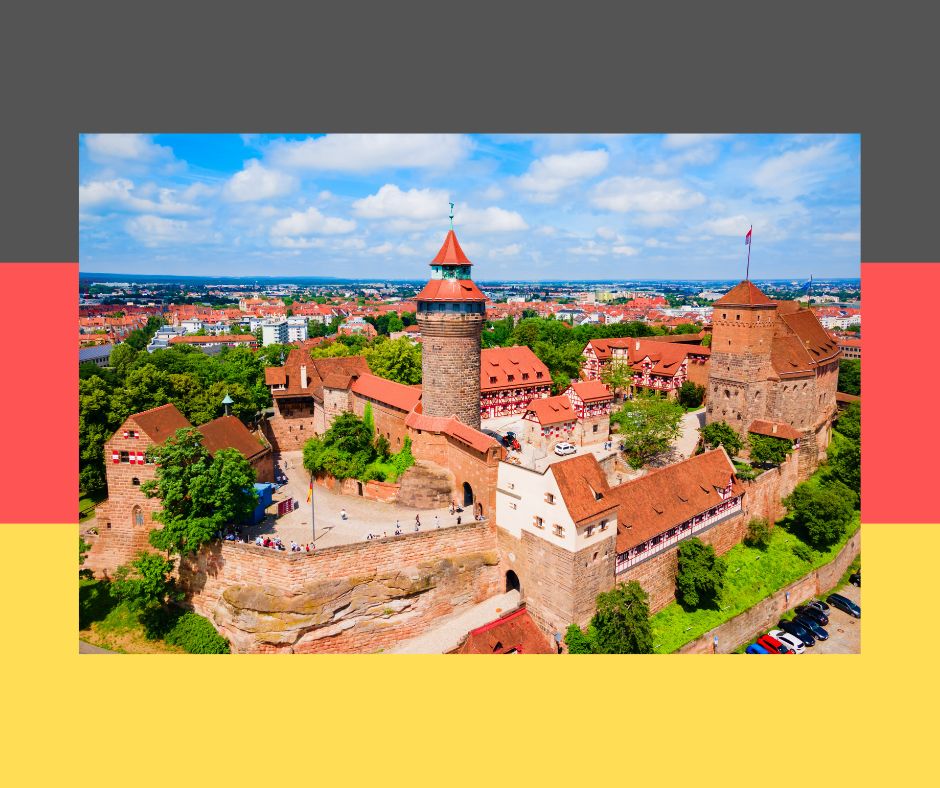
Here are some fascinating facts about Nuremberg:
- Nuremberg is home to one of the oldest and most well-known Christmas markets in the world (see more below).
- The Imperial Castle of Nuremberg, Nürnberger Burg, is considered one of the most important medieval imperial palaces in Europe. It sits atop a sandstone ridge overlooking the historic center of the city.
- Nuremberg’s old town is well-preserved, featuring half-timbered houses, cobblestone streets, and historic landmarks, including the Church of Our Lady (Frauenkirche), the Schöner Brunnen (Beautiful Fountain), and more.
- The city hosts the Nuremberg International Toy Fair, held every year since 1950, and it is the largest trade fair for toys and games. It is also home to the Toy Museum, which is regarded as one of the most well-known toy museums in the world.
- Nuremberg is famous for its culinary delights, such as its sausages (Nürnberger Rostbratwurst) and gingerbread (Lebkuchen).
- Albrecht Dürer, one of Germany’s most important Renaissance artists, was born in Nuremberg. He is best known for his paintings, drawings, and printmaking.
- After World War II, the city hosted the Nuremberg Trials, where Nazi leaders were tried for war crimes.
The Christmas Market in Nuremberg
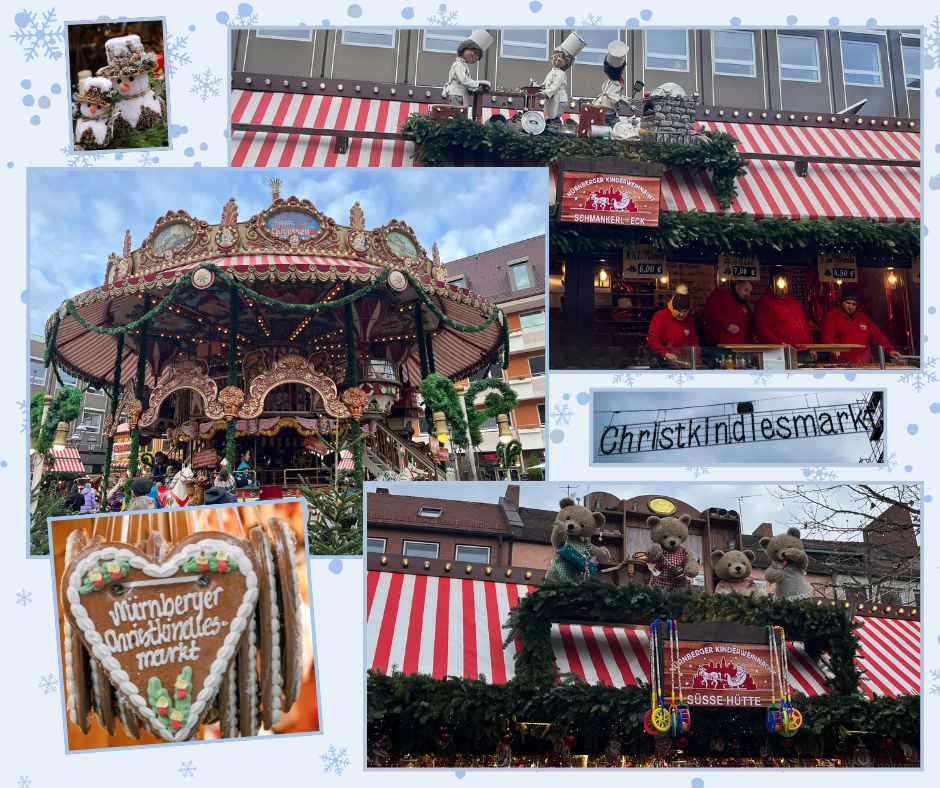
The Nuremberg Christmas Market, Nürnberger Christkindlesmarkt, dates back to the mid-16th century and attracts roughly two million visitors annually.
Held in the Hauptmarkt, the main square of Nuremberg’s old town, the market features 180 wooden stalls with red and white awnings filled with traditional Christmas decorations and sweet treats. There is a special Children’s Christmas Market, called “Kinderweihnacht,” next to the main market, offering special children’s programs and rides.
The Nuremberg Christkind, also known as the Christ Child, is depicted by a local woman dressed in white and gold with curly blond hair, serving as the official symbol of the Christmas Market. She kicks off the market on the Friday before the first Sunday of Advent with a traditional prologue delivered from the balcony of Frauenkirche Church. The Christmas Market ends on Christmas Eve.
Bilingual German Books
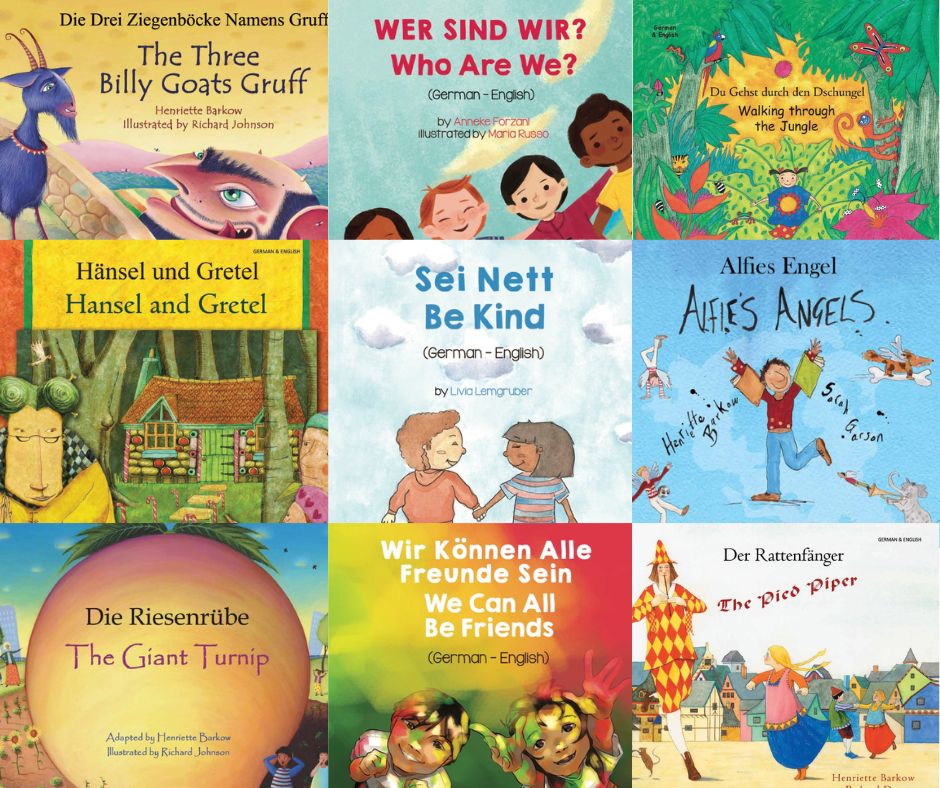
If you want to learn German or brush up on your language skills, Language Lizard offers a wide selection of German-English books perfect for language learners of all ages. Visit our blog post to learn even more about the German language!
